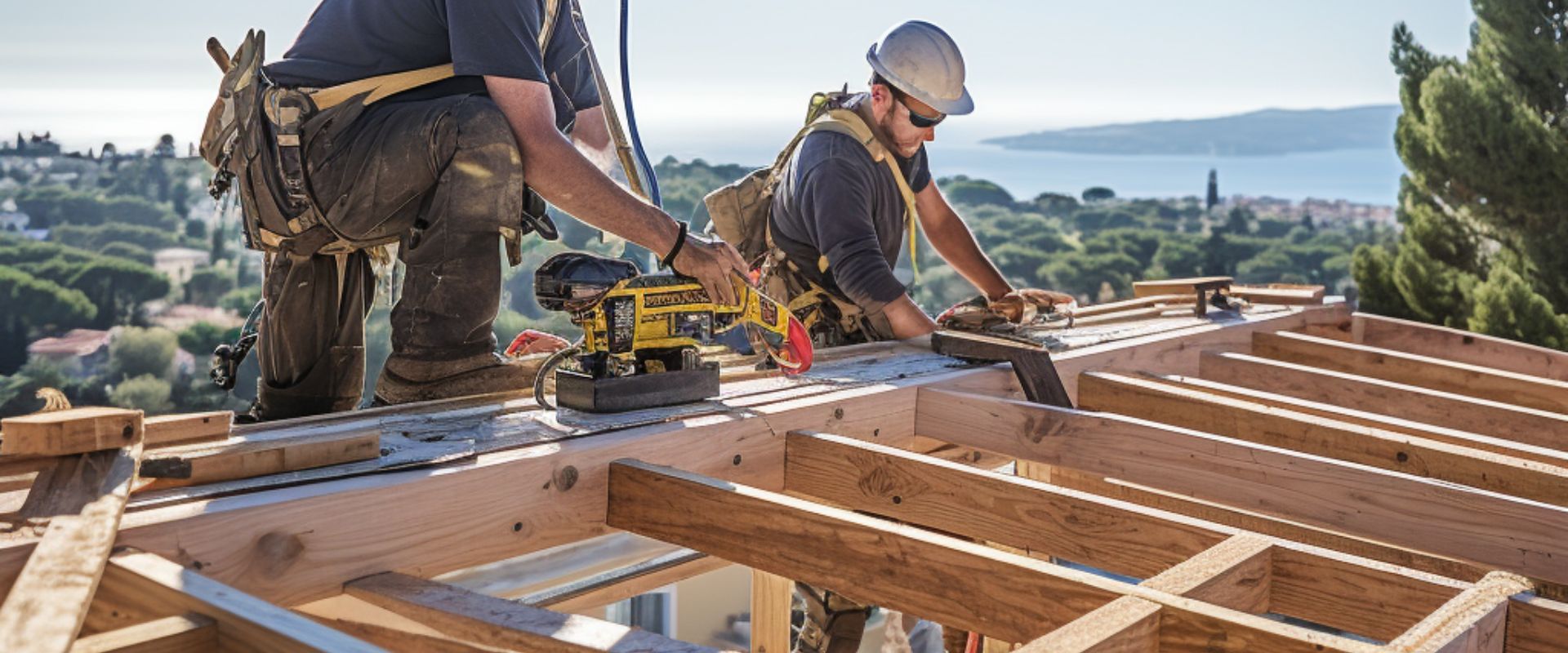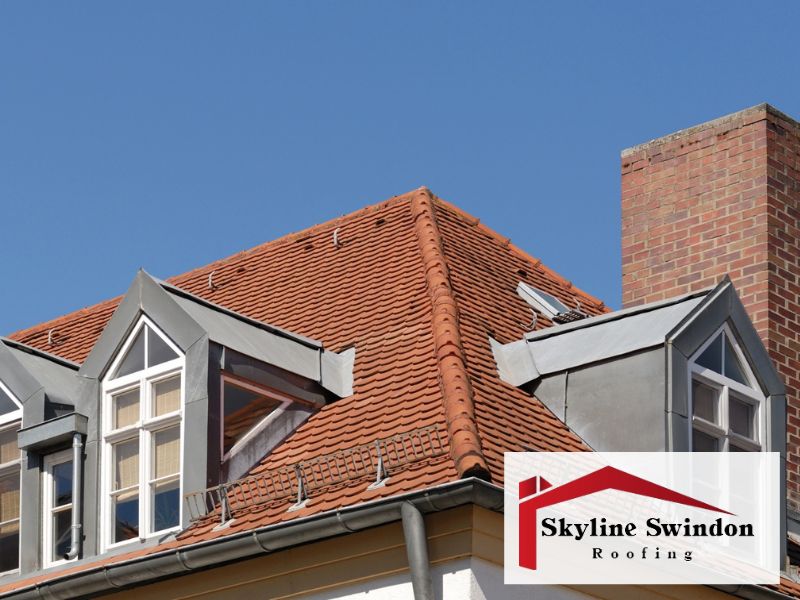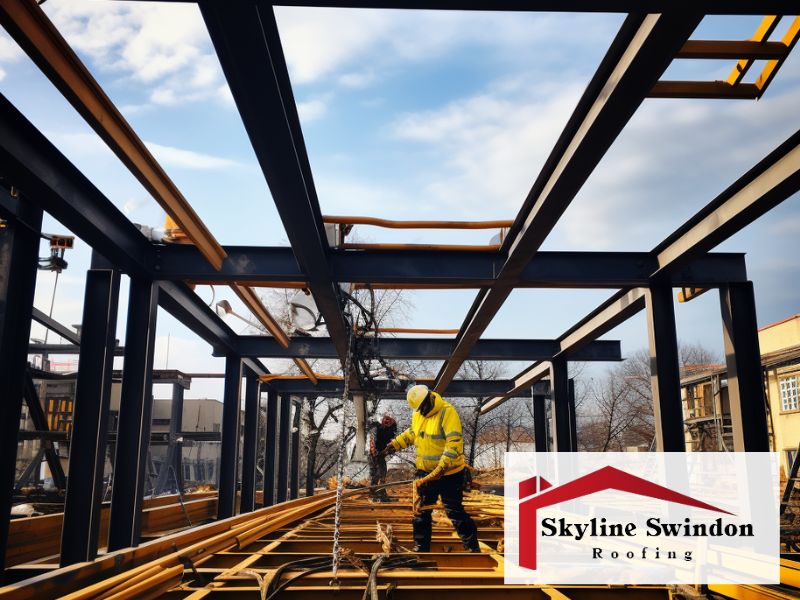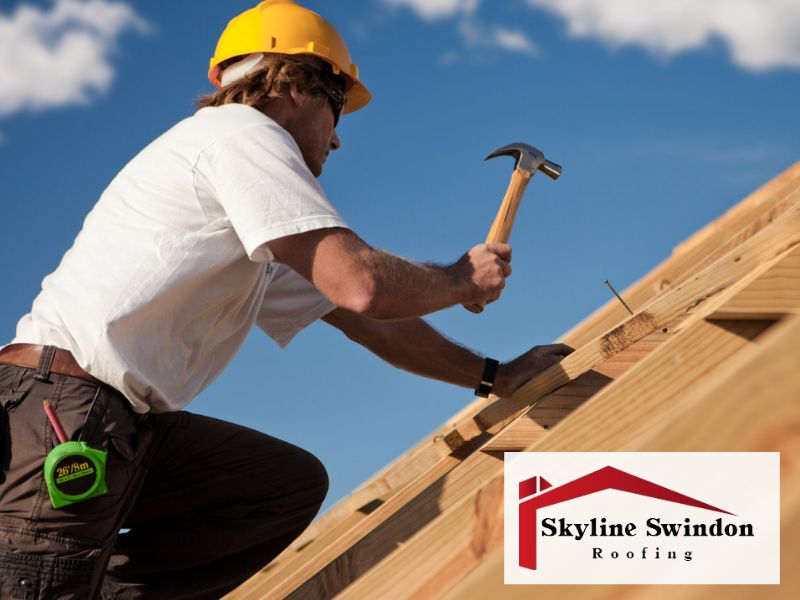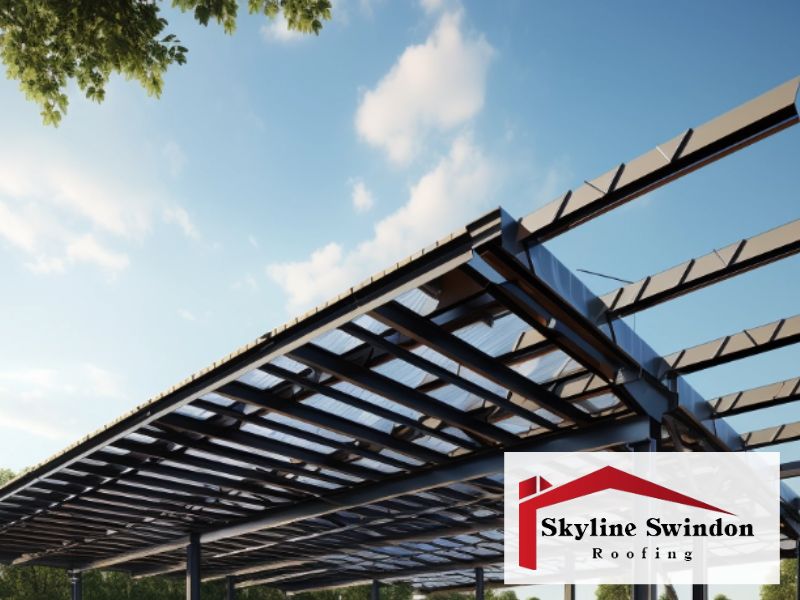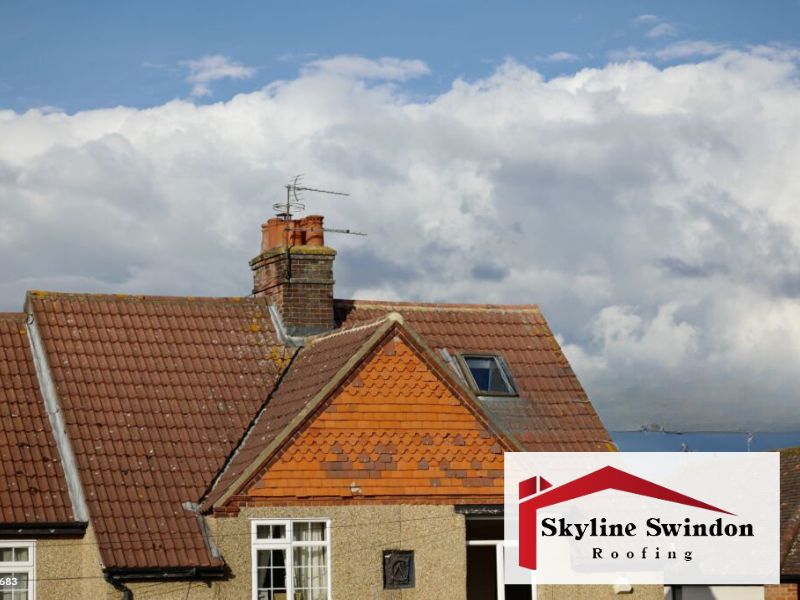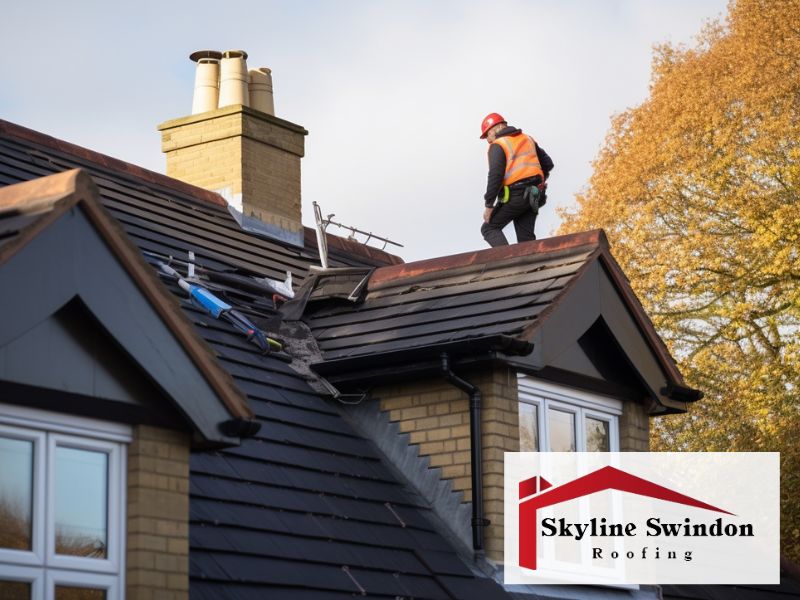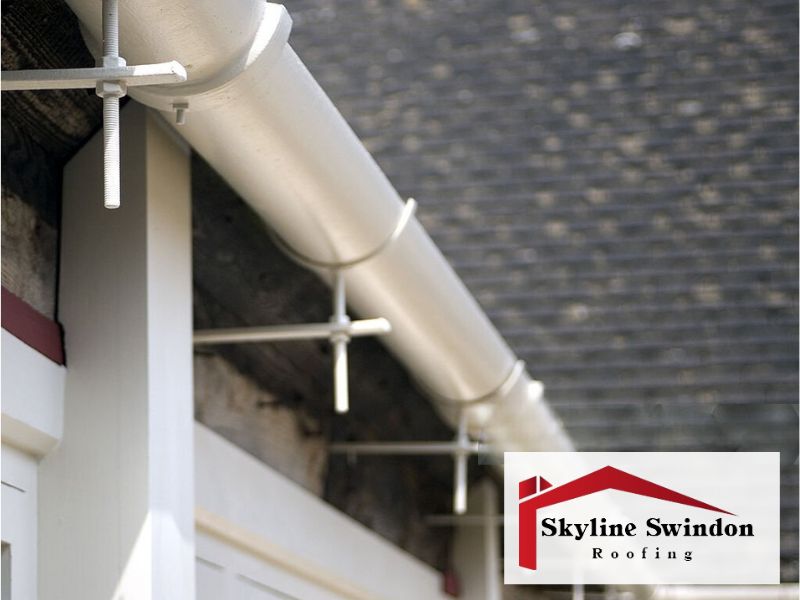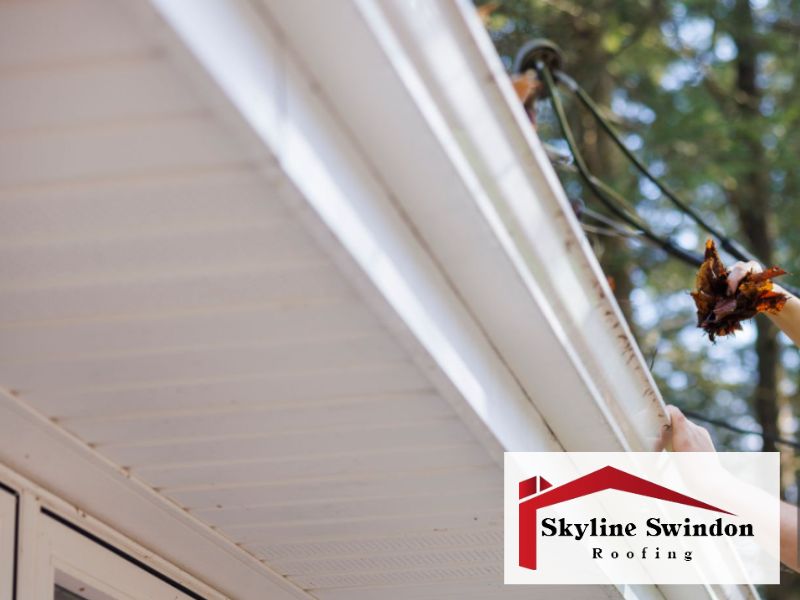Properly maintaining roofs is crucial for any commercial property in the UK. Roofs provide vital protection from the elements and prevent leaks, mold growth, and structural damage. Keeping roofs in good condition ensures business continuity for tenants and protects the value of the property asset for landlords. With heavy rainfall being common across much of the UK, ongoing repairs and proactive maintenance are essential.
Legal responsibilities of landlords in the UK
In the UK, commercial lease structures clearly define if tenants or landlords bear obligations for property maintenance and repairs. Laws like the Landlord and Tenant Act 1985 provide statutory rights regarding property condition. Health and safety regulations also require landlords to ensure their buildings offer safe environments for occupants. Ultimately, the agreed commercial lease determines accountable parties for roof repairs.
Are commercial landlords responsible for roof repairs?
With complex legal structures and varied lease agreements, there is often confusion around landlord and tenant responsibilities for roof maintenance and repairs. This article will examine if UK laws oblige commercial landlords to fund and organize roof works, or if tenants can be held liable in certain situations. By overviewing legal frameworks, typical leases, common roof problems, relevant case studies and best practice advice, commercial property owners and occupants can better understand repairs obligations to foster collaborative roof care.
UK laws and regulations
When exploring landlord duties for roof repairs, the core legal framework stems from UK property statutes, health and safety legislation, and the signed lease agreement itself:
Landlord and Tenant Act 1985
This key act sets standards for property condition. It implies terms into commercial leases, including:
- Keeping the roof and exterior in good repair
- Maintaining structure and exterior reasonable weatherproof
So for most leases, landlords retain high-level obligations for ensuring roofs remain in serviceable condition.
Lease agreements and repairing obligations
The specific lease will outline if a full repairing obligation falls on landlords or tenants. This shapes direct responsibilities for roof repairs and maintenance interventions. We examine typical leases later.
Health and Safety at Work Act 1974
This act places general duties on landlords to provide safe commercial premises. As roof disrepairs could develop into safety hazards, proactive repairs help satisfy health and safety responsibilities.
So the legal framework sets a base statutory expectation for landlords tomaintain exterior property condition, with leases adding more specific obligations.
Statutory repairing obligations imposed on landlords
Under the Landlord and Tenant Act 1985 in England and Wales, business lease agreements automatically contain implied repairing responsibilities for landlords known as “statutory covenants”. These require landlords to proactively maintain and repair the structure and exterior of the property.
Roofs are considered part of the exterior structure. So even if repair dutiesaren’t written into a specific lease, these statutory covenants still impose obligations on landlords to address major roof defects and safety hazards.Landlords can still recover reasonable costs for repairs through service charges unless stated otherwise in the lease.
While statutory covenants demand landlords organize external repairs, tenants are expected to directly notify them of any disrepairs or damage. So collaborative communication channels between parties is key. If tenants delay reporting issues, they may share fault for any exacerbated damage.
Examination of typical lease agreements
Beyond statutory obligations, the agreed commercial property lease plays a pivotal role in dictating specific landlord and tenant duties for roof repairs. While bespoke leases allow customized terms, typical agreements fall under three main categories:
Full Repairing and Insuring (FRI) leases
In these common leases, tenants bear all repairing responsibilities for the building’s interior and exterior. This includes the entire roof structure. Tenants also arrange property insurance.
So under most FRI agreements, the landlord is not directly responsible for funding, organizing or even inspecting roof repairs. The tenant assumes full obligations. Though landlords still have high-level duties for ensuring exterior/structure condition under statutory covenants.
Tenant responsibilities for maintenance and repairs
For other typical lease types beyond FRIs, tenant repairing duties are still common but may only cover internal maintenance. However, clauses could require tenants to maintain small exterior sections like flashings or gutters. Tenants remain responsible for general care and reporting disrepairs early.
Clauses specifying landlord obligations
Within non-FRI leases, clauses may be added to outline landlord liabilities for certain repairs. This could include external structural elements like roofs. Yet the extent depends on negotiated lease terms. Any major liabilities not defined become a statutory responsibility for landlords per the 1985 Act.
So in summary, FRI leases position tenants accountable for all roof repairs and upkeep. In other agreements, landlords retain higher obligations, but tenants share duties for minor exterior maintenance and timely defect reporting. The exact split of responsibilities ultimately sits within the lease.
Typical roof problems
To appreciate why clearly outlining roof repair duties in leases matters, it helps to highlight common roof defects and risks in commercial buildings:
Leaks and water damage
With substantial rainfall in the UK, leaks from failing flashings, cracked tiles or holes can quickly lead to water ingress. This causes interior damage, mold risks, destroyed merchandise and disrupted trade. Fast repairs are essential.
Structural issues
Age, storms or overload can provoke structural problems like sagging rooflines, warped supports and shifting joints. Left unaddressed, severe structural weaknesses can develop leading to collapse.
Aging and wear-and-tear
General aging and deterioration of materials occurs over time – for example with broken tile fixings, eroding flat roof coverings, or fatigued metal sheets. Gradual wear-and-tear needs proactive management via maintenance plans.
So various roof faults stem from weather exposure, use over time and singular damage events. Without timely repairs, minor issues soon escalate into major liabilities.
Importance of prompt repairs to prevent further damage
As demonstrated by typical defect scenarios, delays in fixing damaged roofs allows rapid progression of problems. This amplifies repair costs and property risks like mold, lost business income and structural failure.
Statutory obligations under the 1985 Act push landlords to make repairs promptly to mitigate consequences. But as tenants occupy sites daily, they must alert landlords to defects immediately too. Slow reporting by tenants can mean they share costs for any worsened damage per common law negligence principles.
Analysis of legal cases involving commercial landlords and roof repairs
Examining precedent setting legal cases helps illustrate where liability for roof disrepairs generally falls between landlords and tenants:
Decisions and judgments that set precedents
Many judgments refine interpretations of ambiguous lease clauses regarding exterior repairs. Some also exemplify how tenants failing prompt notifications can share repair costs. We analyze illustrative cases below.
Magnet & Southerns v Crocker [1948]
Here, lease terms stated tenants were responsible for “internal decorative repairs”. When the roof failed, tenants claimed this excluded exterior repairs. However, the judgment enforced landlords’ statutory covenants making them liable for external repairs. This precedent is frequently cited.
Leakey v National Trust [1980]
This case established that if a lease simply indicated tenants must “repair” with no qualifications, statutory obligations dictate landlords must still cover roof and structure. This reinforced mandatory exterior duties.
Oscar Faber Partnership v GPT [1982]
Gutter repairs were omitted from the lease, so the landlord tried avoiding liability by arguing they were “ancillary”. The judgment stated that without a clear exemption, statutory covenants dictate landlords cover the “entire envelope” of the premises.
Wates Construction v Franthom [1991]
Here, water ingress from a cracked roof went unreported by the tenant for over 2 years. This aggravated damage. The landlord was still found responsible for repairs, but the tenant had to compensate 40% of costs for neglect by not promptly reporting the issue.
Lessons learned from specific cases
Key lessons emerge:
- Landlords typically hold liability for external repairs with tenants responsible for interior
- Vague leases often still oblige landlords to fund roof works
- Tenants who don’t quickly report disrepairs may share associated costs
Variances in outcomes based on lease agreements
Custom lease elements can modify typical interpretation and judgments by either expanding tenant duties for exterior/roof maintenance or more narrowly defining landlord liabilities if clearly mutually agreed.
Yet absent explicit clauses, case law repeatedly upholds landlord obligations for structural and roof repairs where safety and integrity is at stake. This protects tenant interests and public safety.
Addressing common queries regarding commercial landlords and roof repairs
Frequently Asked Questions
Can landlords pass all repair costs to tenants?
Via service charges, landlords can recover reasonable costs for roof works deemed as their responsibility either under the lease or statutory obligations. But they cannot burden tenants with excessive charges. Disputes here might need independent assessment.
What happens if there’s no specific repair clause in the lease?
With no stated liability split, statutory terms oblige landlords to cover structure/exterior repairs by default – including for roofs. This stops properties falling into disrepair. Landlords can still recover reasonable costs.
Are landlords responsible for repairs in the case of natural disasters?
Extensive storm, flood or even landslip damage making a property uninhabitable could constitute an insured Force Majeure incident where landlords might pay for damage restoration without tenants defaulting on rent for disrupted trade. For minor storm damage, pre-existing lease terms likely still apply.
Can tenants be held responsible for neglect leading to roof damage?
Yes, cases like Wates Construction v Franthom show that judges factor tenant neglect into cost decisions. Tenants who carelessly damage roof elements or don’t promptly report defects risk sharing liability for repairs with landlords per common law negligence rules around mitigating property damage.
Best practices for landlords and tenants to work together
Reviewing regulations, typical leases, defect scenarios and disputes emphasizes why collaboration between landlords and tenants is vital to effectively handle roof repairs and minimize business disruption. We suggest some co-operative best practices:
Regular inspections and maintenance schedules
Most roof faults can be prevented via proactive maintenance or addressed cheaper if caught early in inspections. Landlords and tenants should clarify who handles surveys under the lease and arrange suitable schedules.
Clear communication channels
Tenants occupying sites daily play a pivotal role in defect identification. But they rely on landlords to organize external repairs. Open communication channels facilitate this.
Documentation of repair responsibilities
Reducing grey areas in leases by clearly documenting known defect scenarios and mapping responsibilities avoids confusion later when costly urgent repairs are needed.
Encouraging a proactive approach to roof care
With shared motivation to avoid roof failure threats of mold risks, lost trade and legal disputes – both parties should collaboratively invest in prevention by clarifying inspection cycles, maintenance plans and reporting procedures.
Commercial landlords retain high level obligations under UK laws to maintain roof/structure condition. Yet leases allow flexibility in defining more specific repair duties that tenants can assume – like under FRI agreements. Clear terms coupled with open communication and proactive roof maintenance between parties provide the foundations for minimizing roof repair disputes. But wherever uncertainty remains, legal precedent generally still obliges landlords to organize essential external works – with tenants typically accountable for interior maintenance. Following best practice collaborative models for effective whole-building roof care is key to supporting continued safe business operation. Engaging a roofing company for regular inspections and maintenance can streamline this process, ensuring that both landlords and tenants fulfill their respective obligations and maintain a structurally sound property.
Thanks for reading our post, feel free to check out our other services:

